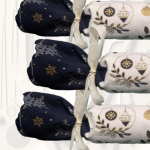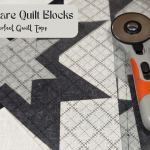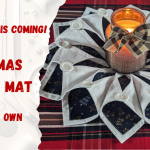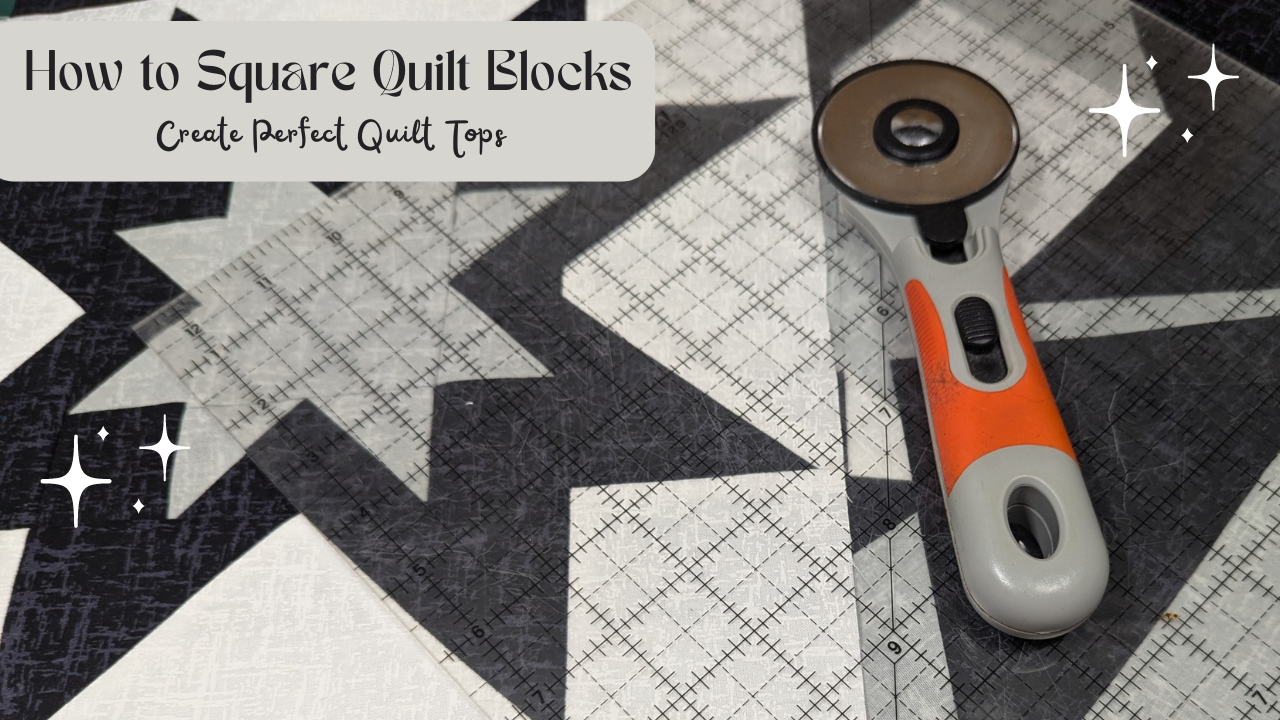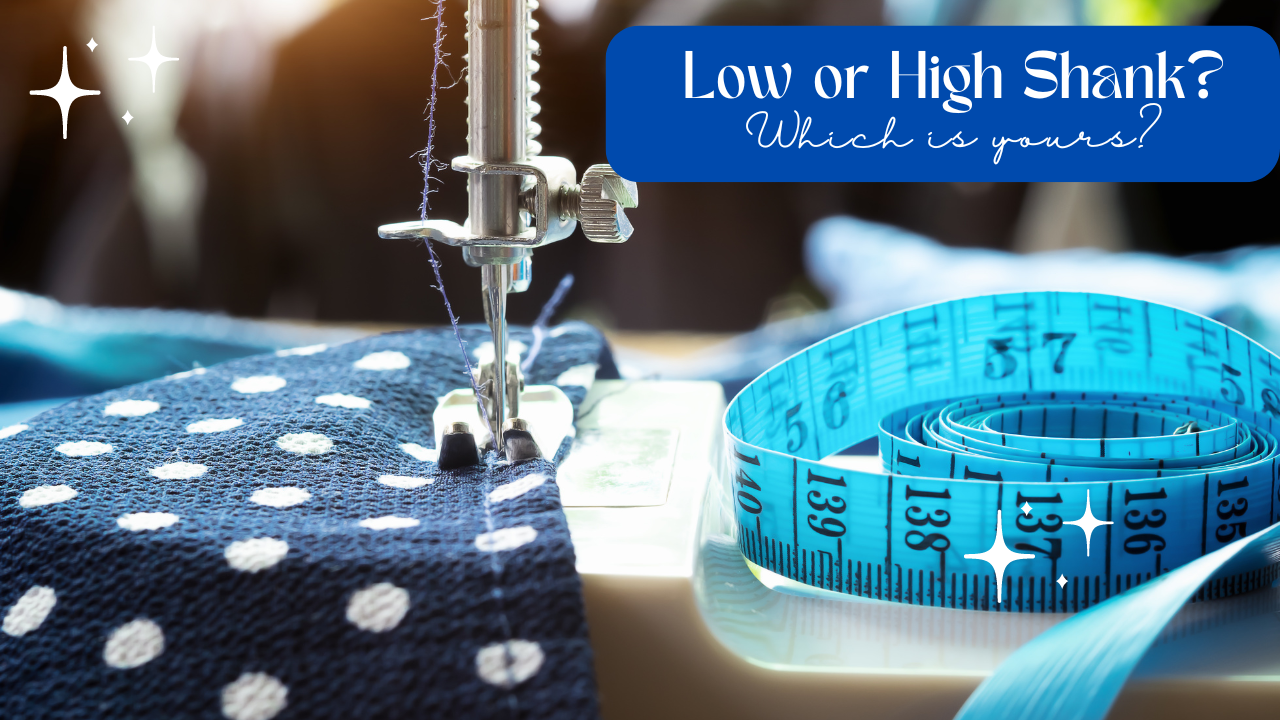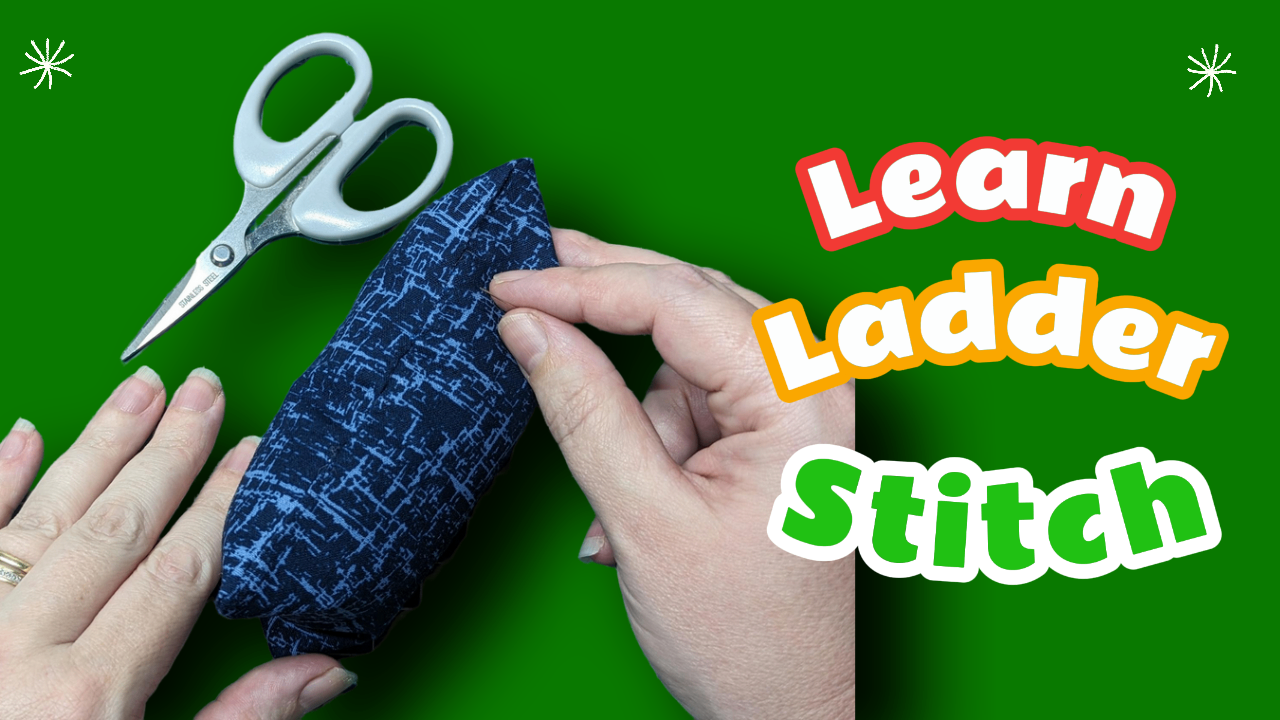There are a few things to check when you encounter constant thread breakages while sewing.
Needle Type/Size/Condition
Firstly, take a look at your needle to ensure it isn’t bent or broken. When thread runs through the eye, if there are any imperfections, this will cause thread to snag and break. If the needle is bent or damaged in any way, change your needle for a new one.
Also remember that when it comes to certain fabrics (denim/leather etc) you need to use needles specifically for that fabric type.
Throat Plate
Whenever a needle breaks, it may cause small nicks in the throat plate of your sewing machine. If you thread is breaking, give the throat plate a visual inspection to ensure there are no nicks the thread could be catching on.
If there are no nicks, next unscrew the throat plate and remove it. Check underneath for any issues, for instance thread or fluff interfering with the moving parts of your machine. It’s surprising how often a quick clean can fix issues.
Tension
Check the tension you have set on your machine is correct for the fabric/thread you’re using. If the upper tension is too tight, your thread will break as it’s moving through the tension disks, or worse, will pull at your needle and snap that too.
Bobbin
Check your bobbin to ensure there are no loose pieces of thread (or fluff) around the bobbin. Check the bobbin is would properly. It needs to be even and tight in order to function correctly.
Rethread
Once you’ve worked through the above list, completely re-thread your machine. Re-thread both the top and bobbin threads. You’d be surprised how often a simple rethread fixes an issue. Always ensure your machine foot is in the UP position when you thread your machine up. This means your tension disks are not engaged so the thread slips between them.


